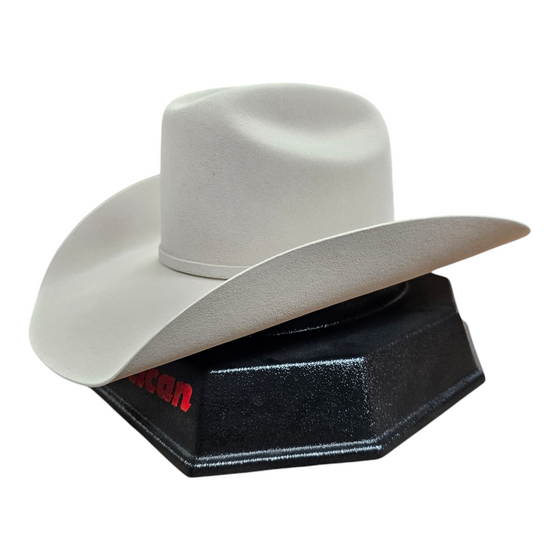The front door opened, and she started toward us, but then paused in mid-step. She took a deep breath, and an audible sigh of delight revealed her emotion…ahhh, that smell… it puts me right back on my horse when I was ten years old.
We can tell you from being in this business for many many years, that that reaction is predictable and very gratifying to witness. Customers walk through our front door, greeted with the indescribable aroma of leather, and their recognition of it resonates all over their face.
Like the smell of fresh rain, strawberries, or the smell of spring, leather too has a distinct scent that evokes emotion and summons thoughts of its source. Smell conjures up memories. It can take you back to times of wide-open spaces; feeling wind blow through your hair, rain drops on your face... Emotions that are different for all, but somehow all the same.
What does leather smell like? I don’t know that answer. I just know it when I smell it! Car manufacturers deal with this question. In fact, they generate policies regarding smell. Mercedes Benz says, “leather is the only permissible smell.” VW says, “leather seats must smell like leather.”
That doesn’t answer the question either, but certainly points a finger at leather’s unique quality and value. It is impossible to apply a leather odor like a perfume to the final product. A leathery smell is distinctive, known when experienced!
It can’t be duplicated. It comes from nature, its essence derived by tanning techniques that use natural methods to soften and preserve the fibers of the hide. Other methods can be used that are faster with harsh chemicals that break down the fibers, but the result is substandard leather and either no smell or shoddy smell.
As store owners, it is our responsibility to be proficient in these areas of knowledge about our products. Let us teach you secrets about how to identify the real stuff. The smell tells you a lot. The feel tells you a lot. Quality leather has a buttery soft feel that gets better with use because the oil from your hands nourishes and conditions. Lower quality leather will crack and wear with use.
Felt hats present a similar dilemma. There is no industry standard in measuring quality of a hat. One brand says its hat is 20X; another brand says its hat is also 20X. You must learn to detect the quality. You can feel the difference. The higher the beaver content the more velvet the feel and the better the hat. Touch and feel are vital components.
It’s uncanny how much we use our senses in western culture - whether riding a horse, chasing a cow or sniffing a handful of alfalfa hay. See it, smell it, touch it, hear it, taste it. We do these things every day. It gives birth to that innate sixth sense – that natural ability to know things.
Comments will be approved before showing up.


